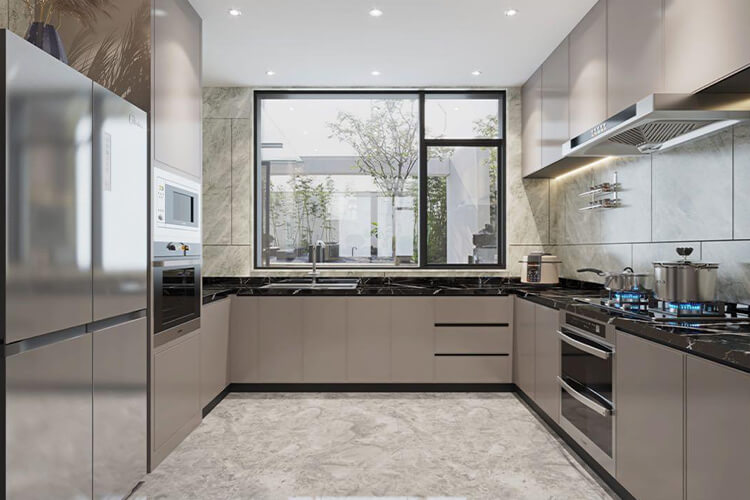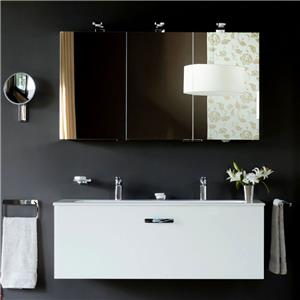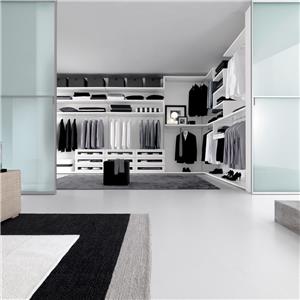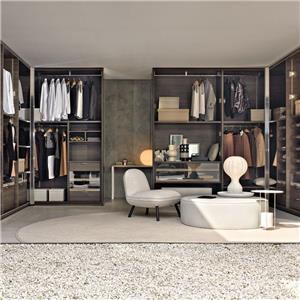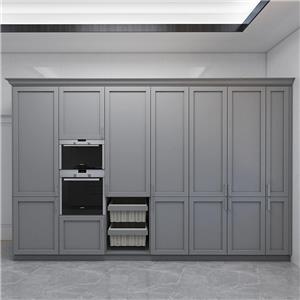5 Key Factors for Outstanding Kitchen Cabinet
5 Key Factors for Outstanding Kitchen Cabinet
The kitchen serves as the focal point for the aromas of three meals, and the realization of its ideal state is largely entrusted to the cabinets. Cabinets, as the focal point in kitchen space design, should not only be aesthetically pleasing but also meet practical requirements. Read on to learn 5 key factors for creating an outstanding kitchen cabinet!
1. Harmony in Style
Ditching extensive door design, with a mix of hidden and exposed elements, enhances depth. Avoiding complicated lines and maintain a clean facade, highlighting a sense of openness aligning with the current trend of minimalist design language. Keep upper and lower cabinets in the united color, embed large appliances like microwaves and ovens to create a streamlined look, which reduces clutter and provides a clear and cohesive overall impression.
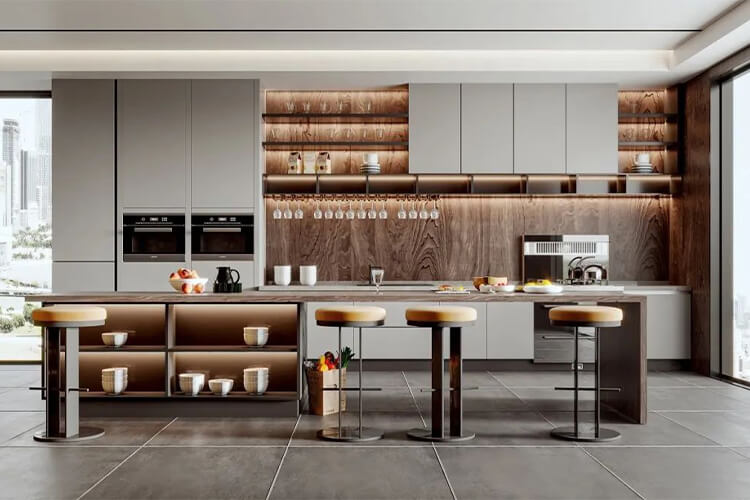
2. Efficient Workflow
The kitchen workflow dictates the ease of movement within the kitchen space and significantly impacts convenience. Based on the cooking habits of most individuals, the kitchen can be divided into three main areas for washing, food preparation, and cooking.

Efficient workflow planning revolves around the principle of keeping frequently used items within easy reach, minimizing the distance between different work zones. It ensures organized and efficient kitchen activities, saving both time and energy.
3. Precise Dimensions
Many people often find cooking to be tiring, and this may be related to the configuration of the worktop. Both base and wall cabinets need to be at a reasonable height to meet ergonomic standards. Heights that are too high or too low can lead to unnecessary discomfort.
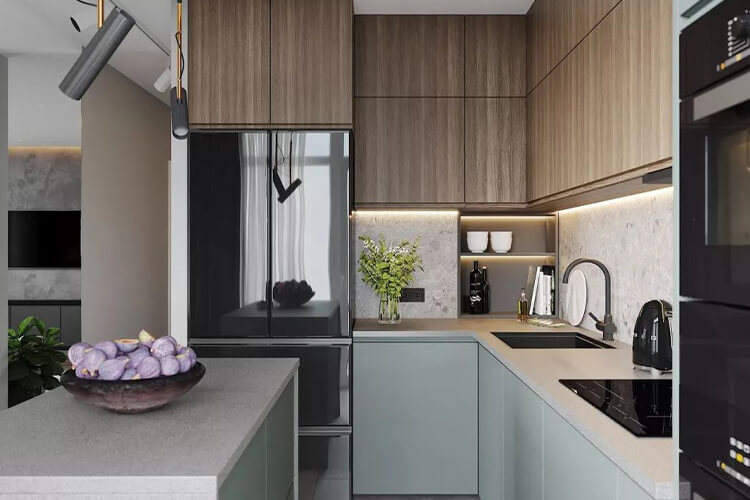
4. Clear Layout
Different kitchen layouts such as the I-shaped, L-shaped, or U-shaped kitchens require different cabinet choices. Taking into consideration the storage needs for various appliances and utensils in your household, it's essential to plan in advance for the dimensions and locations of each appliance, wiring, and socket placement.
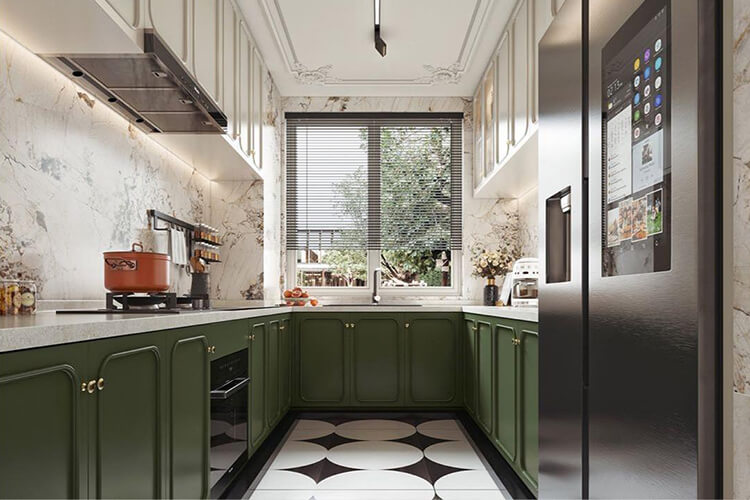
Follow the arrangement of light on top, heavy on the bottom, frequently used items in the middle, and consider base cabinets with drawers and baskets of varying sizes to categorize dishes, pots, and utensils. Wall cabinets are ideal for storing lighter items that are both practical and visually appealing. Create designated areas on the wall and countertop for condiments, utensils, and spatulas.
5. Appropriate Materials
Cabinet customization involves various primary and secondary materials. For cabinet doors, you can opt for solid wood, glass, or lacquer finishes, ensuring durability. Countertops can feature popular materials like engineered stone, known for its high hardness, resistance to heat, friction, and easy maintenance. Alternatively, quartz countertops are an excellent choice as they are resistant to warping, easy to clean, and stains can be wiped away effortlessly.
